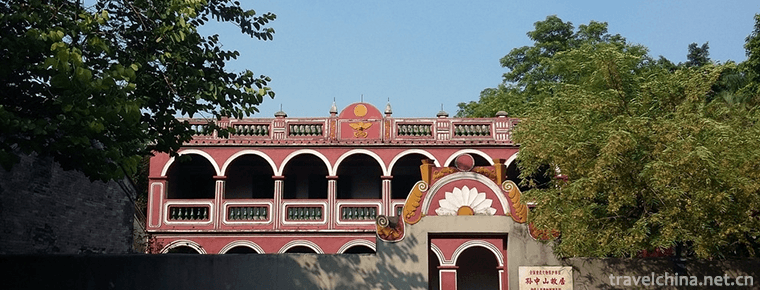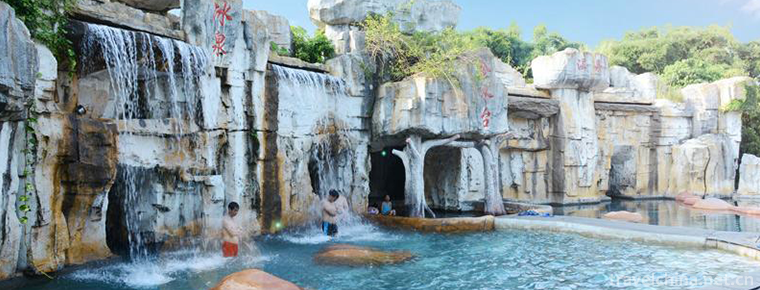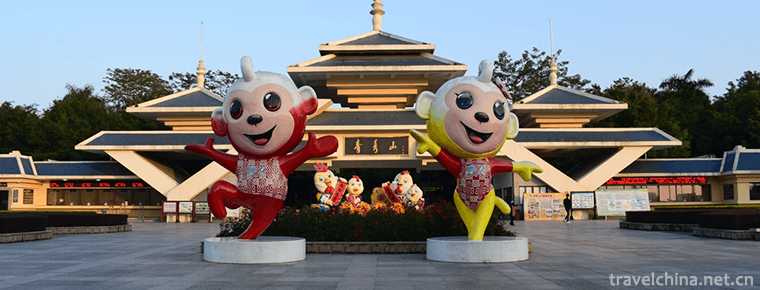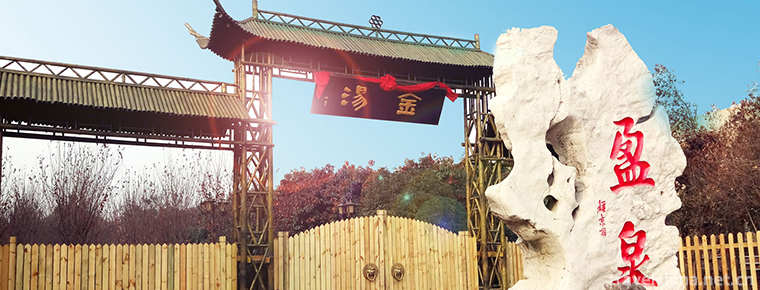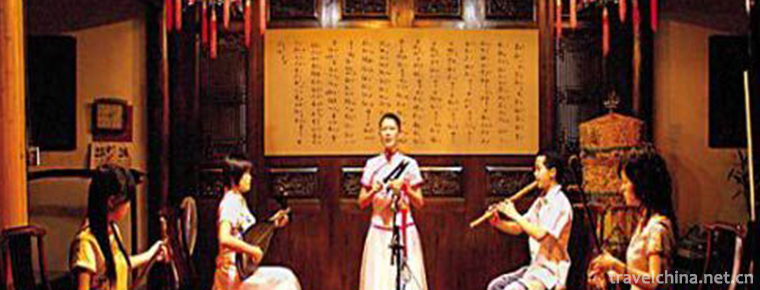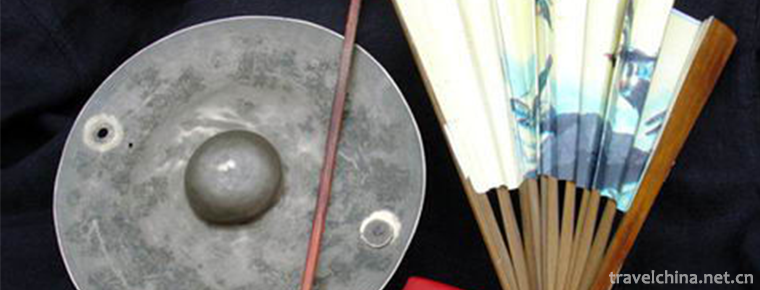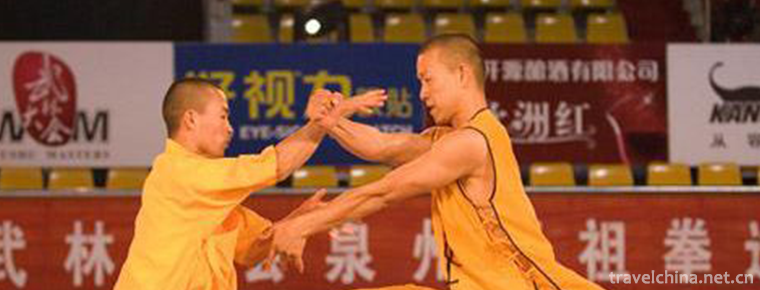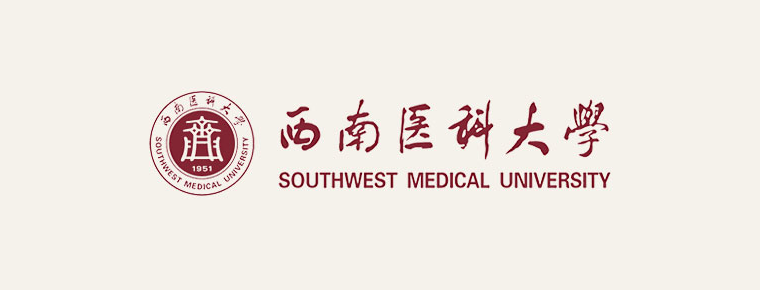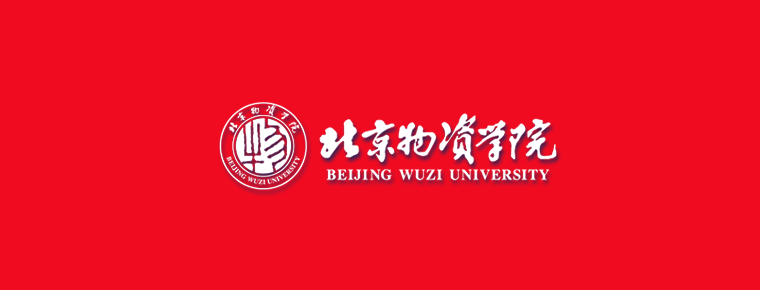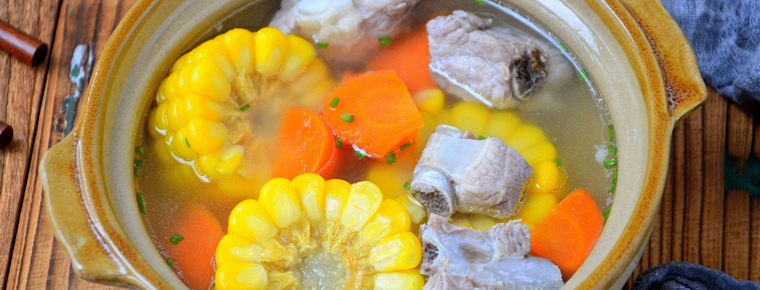Copper Carving Skills
Copper Carving Skills
Copper sculpture, a traditional handicraft in Hangzhou, Zhejiang Province, is one of the national intangible cultural heritage.
Hangzhou bronze sculpture is the continuation of ancient bronze manufacture. It developed greatly in Wuyue and Southern Song Dynasty. After Tongzhi in Qing Dynasty, Hangzhou bronze sculpture represented by "Zhufu Bronze Art" became more and more mature and handed down from generation to generation.
In June 2008, bronze sculpture was listed in the second batch of national intangible cultural heritage list of traditional skills, project number_-119.
historical origin
Initial Origin
The origin of Hangzhou bronze carvings can be traced back to the ancient Bronze Age. Since the Xia Dynasty, the Chinese have created a bronze civilization. In the cultural history of Zhejiang Province, the bronze swords of Yue King in the Spring and Autumn Period and the bronze mirrors of Huiji in the Western Han Dynasty were the representatives of bronze culture. At the beginning of the 12th century, the Song Dynasty moved southward to Linan (now Hangzhou). Hangzhou became the political, economic and cultural center of the whole country at that time. A large number of bronze artisans flocked into the area, taking Datong alley near Drum Tower as the center, and manufacturing a large number of armor Weapons such as knives, bows, crossbows and other daily copper instruments.
Heyday
During Tongzhi period of Qing Dynasty, bronze ware became a necessity of people's daily life. Bronze products have undergone significant changes in style and technology. In 1876, Zhufu Bronze Shop appeared. Since then, there has been a professional workshop for the production of bronze products, which inherited the bronze technology. The products are traditional in composition, layout, shape and decoration, as well as technical treatment. They are interlinked with bronze technology and merged with blood.
The bronze pots, hooks, pots and pots of the Qing Dynasty are representative works of bronze sculpture. Their carving techniques cooperate with each other. They are exquisite and delicate. They delight people with lifelike shapes, especially in carving teapots and various jewelry. They are exquisite and cost-effective. Customers often queue up to buy, and business is booming. At that time, the mosaic was the joint between copper and copper, mainly floating mosaic, which was expensive and only used by the officials and officials. In the late Qing Dynasty, inlay materials such as gold, silver, jade, stone and wood were abundant. Generally local materials, low cost, beautiful appearance, popular, so widely used in bronze carving, Hangzhou people call it "bronze inlay". This process only places the jade, stone and wood on the copper plate, and then glues them several times to make them firm. The combination of copper and stone, copper and jade, as an art form, has novel artistic effects and becomes home furnishings and collections.
Decline Period
On December 24, 1937, Japanese invaders invaded Hangzhou and occupied it for eight years. During this period, the national economy suffered great damage and people's livelihood was depressed. Western foreign goods flooded the domestic market, domestic crafts suffered heavy losses, some small workshops closed down, a large number of craftsmen fled to other places to make a living, Hangzhou Datong Lane also did not have the previous prosperous scene.
Japan, South Asia and Western European countries have rushed to China to buy folk treasures. As the times require, intermediaries have emerged. They do not tell the truth or falsehood, do not tell the good or bad, and they need to see the goods, causing chaos in the market. Due to the depression of the industry, the skilled bronze craftsmen are forced to make a living and have no choice but to change their professions. The former Zhufu bronze art has lost its original glory and become a general commodity. The precious traditional skills are endangered.
Renaissance Period
After the founding of New China, Hangzhou copper carving withered wood in spring. The third generation inheritors of Zhufu Copper Art moved to Hangzhou, settled down in Datong Lane of Hefang Street, set up a copper shop and resumed the production of copper carvings. In addition, the West Lake Garden, Zhu Deyuan Painting and Calligraphy Society, was established in Hangzhou to combine ancestral skills with Hangzhou bronze art, specializing in bronze characters, bronze medals and bronze works of art. Through the reform of sculpture technology, the creative techniques and forms of expression of copper carving have been enriched, and the art of copper carving has slowly recovered its vitality.
Inheritance and Protection
Inheritance value
Hangzhou bronze sculpture products cover architecture, sculpture, calligraphy, murals, interior decoration and other aspects, the content is very extensive. According to the variety, Hangzhou bronze carvings mainly include bronze pagodas, bronze halls, bronze bridges, bronze boats, bronze doors, bronze statues and so on. In production, Hangzhou bronze carving applies traditional techniques such as hollowing, overlapping, baking, green making, melting mould and dotting to achieve perfect artistic effect. The bronze Hall of Leifeng Pagoda and Lingyin Temple in Hangzhou, Tianning Temple Pagoda in Changzhou, Jiangsu, Daxiong Palace in Emeishan, Sichuan, Grand Master Temple of Jintan in Taichung City, Taiwan Province, and the large-scale bronze relief "Map of Buddha's Fall" and "Map of Xuanzang's Pursuit of Dharma" are all representative works of Hangzhou bronze sculpture with high artistic value.
Current situation of inheritance
Because of the difficulty and long learning time, young people are reluctant to learn traditional bronze carving skills. With the change of social life, copper pots and other daily necessities are gradually eliminated, the practice of copper carving production is stagnated, and the lack of scientific research on this traditional handicraft and other protective measures, Hangzhou copper carving technology has been in an endangered state.
Heritage figures
Zhu Bingren, male, Han nationality, was born in Shaoxing City, Zhejiang Province in November 1944. In June 2009, Zhu Bingren was selected as the representative successor of the third batch of national intangible cultural heritage projects and declared in Hangzhou, Zhejiang Province.
protective measures
In 1985, the fourth generation of inheritors Zhu Bingren and Zhu Bingxin jointly set up the Venus Copper Material Factory to inherit the skills of Zhufu Copper Art, cultivate a group of skilled young technical backbone, and investigate the origin, formation, prosperity, decline and revival of Hangzhou Copper Sculpture. It took three years to compile the materials of Hangzhou Copper Sculpture.
social influence
Important activities
On November 3, 2012, the 2nd China (Tongling) International Copper Sculpture Art Exhibition of "Copper Rhyme Dream" was held in Tongling City.
On July 24, 2012, the unveiling ceremony of the creation base of the 2nd China (Tongling) International Copper Carving Art Exhibition was held at the New Jiuding Copper Culture Industry Base in Tongling.
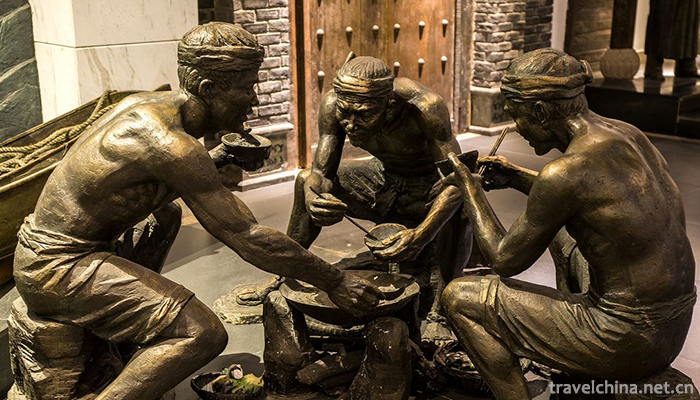
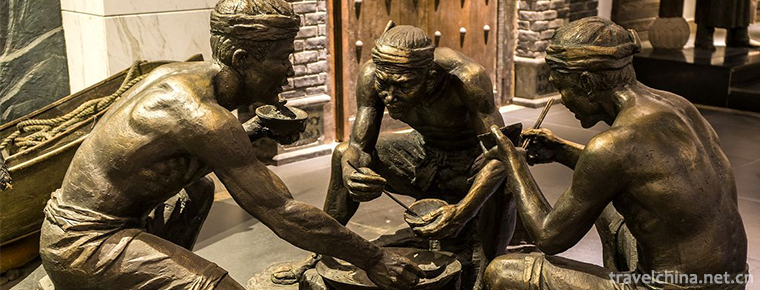
Copper Carving Skills
-
Sun Zhongshans hometown
Sun Yat-sen's hometown is located in Cuiheng Village, Zhongshan City, Guangdong Province. It is surrounded by mountains on three sides: south, north and west, East by the Pearl River Estuary
Views: 179 Time 2018-12-12 -
Jinshuitai Hot Spring Scenic Area
Jinshuitai Hot Spring is a hot spring resort built according to the national AAAA scenic standard. It is located in Shuitai Town, Xinxing County, Guangdong Province
Views: 401 Time 2019-01-27 -
Qingxiushan Mountain
Qingxiushan Scenic Area is a national AAAAA scenic spot in Nanning. Qingxiu Mountain is a key scenic spot in Nanning. In addition to protecting and restoring the original historic sites
Views: 238 Time 2019-02-07 -
Xinyingtai Eco Spa Resort
Yingtai Eco-Hot Spring Resort (Eco-Park) is located on the parallel road of Tengzhou City, Shandong Province. It is a comprehensive service enterprise integrating eco-catering
Views: 198 Time 2019-02-26 -
opera sung in southern tunes
Southern Opera is the earliest mature type of drama in the history of Chinese opera. From the end of Northern Song Dynasty to the beginning of Ming Dynasty (12th to 14th centuries), Southern Opera was
Views: 129 Time 2019-06-07 -
Pinghu cymbal book
Cymbals are a unique form of local traditional folk art in the Wu dialect area of Jiangnan. According to the Records of Songjiang County, it was formed in the Qing Dynasty (1821-1850). It is now mainl
Views: 154 Time 2019-06-09 -
Copper Carving Skills
Hangzhou bronze sculpture is the continuation of ancient bronze manufacture. It developed greatly in Wuyue and Southern Song Dynasty. After Tongzhi in Qing Dynasty, Hangzhou bronze sculpture represent
Views: 182 Time 2019-06-21 -
Wuzuquan
Wuzu Quan is one of the Nanquan in traditional Chinese boxing. It is said that Cai Yuming (from Quanzhou, Fujian Province, 1853-1910) synthesized Baihe Quan, Monkey Quan, Arhat Quan, Dazun Quan and Ta
Views: 163 Time 2019-06-29 -
Southwest Medical University
Southwest Medical University is an ordinary university in Sichuan Province. It is located in Luzhou, a famous historical and cultural city and a civilized city in the region of Sichuan, Yunnan, Guizho
Views: 137 Time 2019-08-31 -
Beijing Wuzi University
Beijing Wuzi University is a public institution of higher learning which is characterized by logistics and circulation, based on economic disciplines, with management disciplines as its main branches,
Views: 324 Time 2019-09-06 -
Corn and sparerib soup
Corn and spareribs soup is a tonic soup, the main ingredients are corn and spareribs, the main cooking technology is stew. Corn can reduce the blood cholesterol concentration and prevent it from depos
Views: 348 Time 2020-03-16 -
Guangan secondary industry
In 2019, the industrial added value of Guang'an City will reach 28.87 billion yuan, an increase of 8.8%, and its contribution rate to economic growth will be 34.9%. At the end of the year, there were 597 Industrial Enterprises above Designated Size, and
Views: 175 Time 2020-12-19
